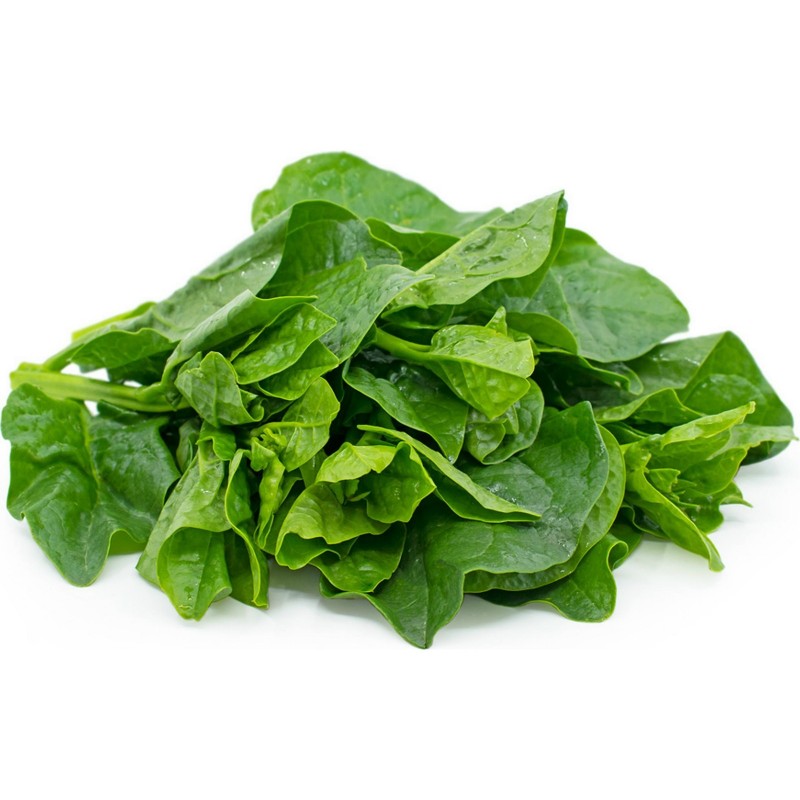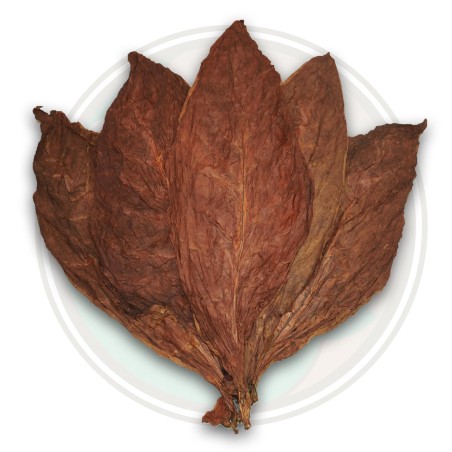
Malabar Spinach, Ceylon Spinach Seeds (Basella alba)
Malabar Spinach, Vine Spinach, Ceylon Spinach Seeds (Basella alba)
Price for Package of 10 seeds.
Basella alba is an edible perennial vine in the family Basellaceae. It is found in tropical Asia and Africa where it is widely used as a leaf vegetable. It is native to the Indian subcontinent, Southeast Asia and New Guinea.
Malabar Spinach, Vine Spinach, Ceylon Spinach Seeds (Basella alba)
Price for Package of 10 seeds.
Basella alba is an edible perennial vine in the family Basellaceae. It is found in tropical Asia and Africa where it is widely used as a leaf vegetable. It is native to the Indian subcontinent, Southeast Asia and New Guinea. It is reportedly naturalized in China, tropical Africa, Brazil, Belize, Colombia, the West Indies, Fiji, and French Polynesia.
Basella alba is known under various common names, including Malabar spinach, vine spinach, and Ceylon spinach.
Basella alba is a fast-growing, soft-stemmed vine, reaching 10 meters (33 ft) in length.[citation needed] Its thick, semi-succulent, heart-shaped leaves have a mild flavor and mucilaginous texture. It is rich in vitamins A and C, iron and calcium. It has been shown to contain certain phenolic phytochemicals, and it has antioxidant properties
It is also called Malabar Spinach. There are two varieties - green and red. The stem of the Basella alba is green with green leaves and the stem of the cultivar Basella alba 'Rubra' is reddish-purple; the leaves form green and as the plant reaches maturity as a anual, older leaves will develop purple pigment starting at the base of the leave and working towards the end. The stem when crushed usually emits a strong scent. Malabar spinach can be found at many Asian supermarkets, as well as farmers' markets.
Basella alba grows well under full sunlight in hot, humid climates and in areas lower than 500 meters (1,600 ft) above sea level. The plant is native to tropical Asia.[5] Growth is slow in low temperatures resulting in low yields.[citation needed] Flowering is induced during the short-day months of the year. It grows best in sandy loam soils rich in organic matter with pH ranging from 5.5 to 8.0.
Uses
In the Philippines, the leaves of this vegetable are one of the main ingredients in an all vegetable dish called utan that is served over rice. It is usually cooked with sardines, onions, garlic, and parsley. In Mangalorean Tuluva cuisine, a coconut-based gravy called gassi is paired with the Basella plant, making a delicacy called Basale gassi to be eaten with rice dumplings called pundi soaked overnight in the gravy, or with red rice. Some variations have tiny prawns, clams, horsegram or dried fish in the gravy as well. Beary Muslims of coastal Karnataka prepare Basalede kunhi pindi (small rice dumplings smeared in gravy prepared from Malabar spinach and dried tuna ). In Bengali cuisine it is widely used both in a vegetable dish, cooked with red pumpkin, and in non-vegetarian dishes, cooked with the bones of the Ilish fish and may also be cooked with shrimps. In Andhra Pradesh, a southern state in India, a curry of Basella and Yam is made popularly known as Kanda Bachali Koora [yam and Basella curry]. Also it used to make the snack item bachali koora bajji. In Odisha, India, it is used to make Curries and Saaga (any type of dish made from green leafy vegetables is called Saaga in Odisha). In the Western Ghats in Maharashtra, India, it is used to make bhaji. It is also known as daento or valchi bhaji in Konkani. A common Mangalorean dish is "Valchi bhaji and shrimp - curry". In Gujarat, fresh big and tender leaves are washed, dipped in besan mix and deep-fried to make crispy pakodas, popularly called "poi na bhajia".
The vegetable is used in Chinese cuisine. It has many names including flowing water vegetables. It is often used in stir-frys and soups. In Vietnam, particularly the north, it is cooked with crab meat, luffa and jute to make soup. In Africa, the mucilaginous cooked shoots are most commonly used.


Vaše hodnocení nelze odeslat
Nahlásit komentář
Zpráva odeslána
Váš podnět nelze odeslat
Napište svůj názor
Zkontrolovat před odesláním
Vaši recenzi nelze odeslat
🌍 Celosvětová doprava z EU
Zásilky zasíláme po celém světě z Evropské unie prostřednictvím doporučené pošty s potvrzením o převzetí.
📦 Sledování zásilky
Pro nalezení sledovacího čísla se přihlaste do svého účtu a přejděte do Historie objednávek > Detaily.
Globální sledování: 17Track
Pro sledovací čísla jako RGxxxxxxHR: Posta.hr tracking
🕒 Poznámka: informace o sledování jsou dostupné do 24 hodin po odeslání zásilky.
⚠️ Důležité informace
Platba na dobírku není možná.
Pravidelně kontrolujte složku spam/junk ve své e-mailové schránce kvůli důležitým upozorněním.
Veškeré dotazy zasílejte výhradně přes kontaktní formulář na našem webu.
E-maily odeslané mimo tento formulář nemusí být přijaty.
📱 Povinné údaje při objednávce
Při objednávce uveďte vždy mobilní telefonní číslo včetně mezinárodní předvolby.
Příklad pro ČR: +420 602 123 456
🚚 Podmínky doručení
Doporučené zásilky vyžadují podpis příjemce.
Nedoručujeme na:
poštovní schránky
sousedy
pokud nejste doma k převzetí zásilky
📬 Pokud zadáte adresu poštovní schránky a zásilka bude ztracena nebo nedoručitelná, nemáte nárok na vrácení peněz.
↩️ Vrácení zásilek a opětovné odeslání
Pokud je zásilka z jakéhokoli důvodu vrácena zpět k nám:
Nesete náklady na vrácení (2 €)
A také náklady na opětovné odeslání
⏱ Zpoždění a sledování zásilek
Pokud sledování ukazuje, že zásilka je stále u odesílatele, znamená to, že je v přepravě.
Kontaktujte své místní poštovní oddělení s číslem sledování pro aktuální informace.
Nejsme poštovní službou a nemůžeme sledovat zásilku za vás.
Nezodpovídáme za zpoždění doručení.
🔍 Vyšetřování ztracených zásilek lze zahájit až 30 dní po datu odeslání.
✈️ Možnosti doručení
| Typ doručení | Doba zpracování | Pojištěno | Možné zpoždění | Poznámky |
|---|---|---|---|---|
| Standardní | 7–10 pracovních dní | ❌ | 7–14 dní | Základní možnost doručení |
| Prioritní | 1–7 pracovních dní | ❌ | 3–10 dní | Prioritní zpracování, ne zaručeně rychlejší doručení |
| Pojištěné | 1–7 pracovních dní | ✅ | 3–10 dní | Vrácení peněz v případě ztráty (do 150 €) |
🕒 Odhadovaná doba doručení:
V rámci EU: 3–20 dní
Celosvětově: 5–30 dní
Příklady doručení do USA: 27, 22, 19, 17, 13 dní
💳 Platební možnosti
💶 Bankovní převod (SEPA / IBAN / SWIFT-BIC)
Do zprávy pro příjemce vždy uveďte referenční číslo objednávky (např. SGS-19811702).
Bez reference nemusí být platba správně přiřazena, což může způsobit zpoždění nebo zrušení objednávky.
Objednávky jsou automaticky zrušeny, pokud platba není přijata do 7 dnů.
🅿️ PayPal
Přijímáme pouze platby v euro (EUR) přes PayPal.
Během platby změňte měnu na Euro.
💳 Platba kartou
Navštivte: https://www.exotic-seeds.store/
Přijímáme: Visa, MasterCard, American Express, CB, Diners Club, Discover, China UnionPay, JCB a další.
💡 Kupující hradí všechny transakční poplatky. Pošlete nám prosím informace o platbě, abychom mohli vaši objednávku rychle zpracovat.
📅 Další informace
Objednávky nejsou zpracovávány ani odesílány o sobotách a nedělích.
Před zadáním objednávky si vždy přečtěte důležitá oznámení na našem webu (např. svátky, speciální podmínky).
📫 Pro dotazy používejte výhradně kontaktní formulář na webu.
E-maily zaslané mimo formulář nebudou zpracovány.
Related Products



















